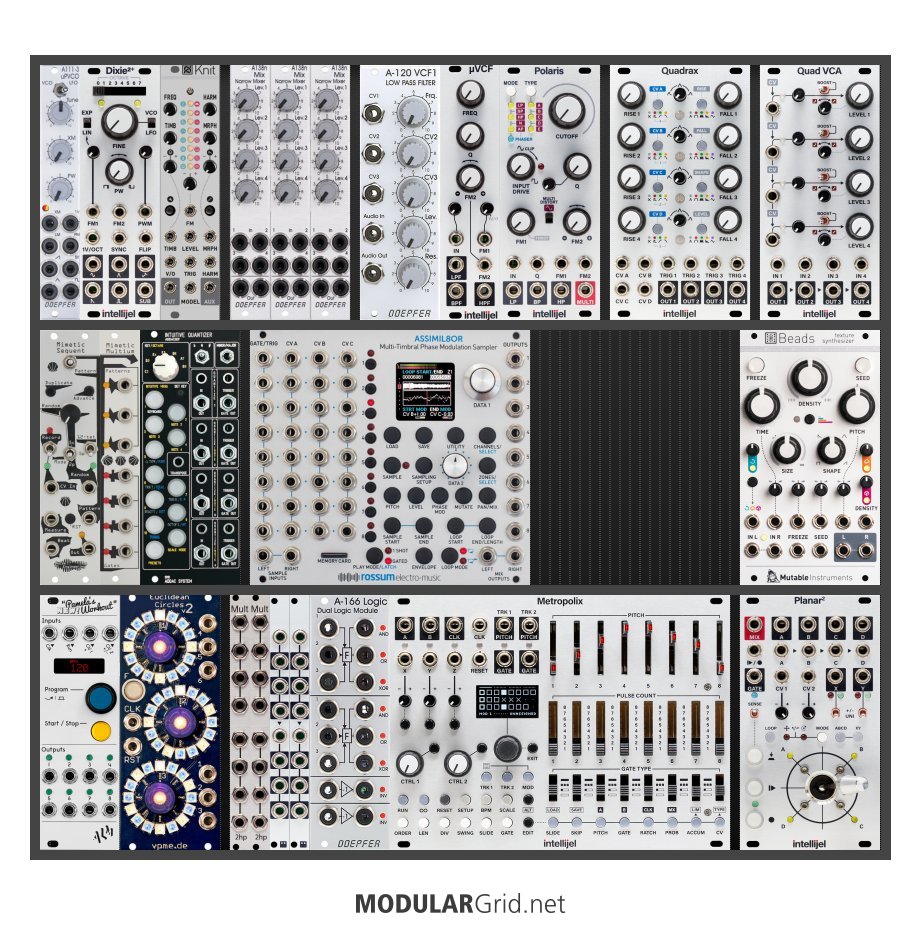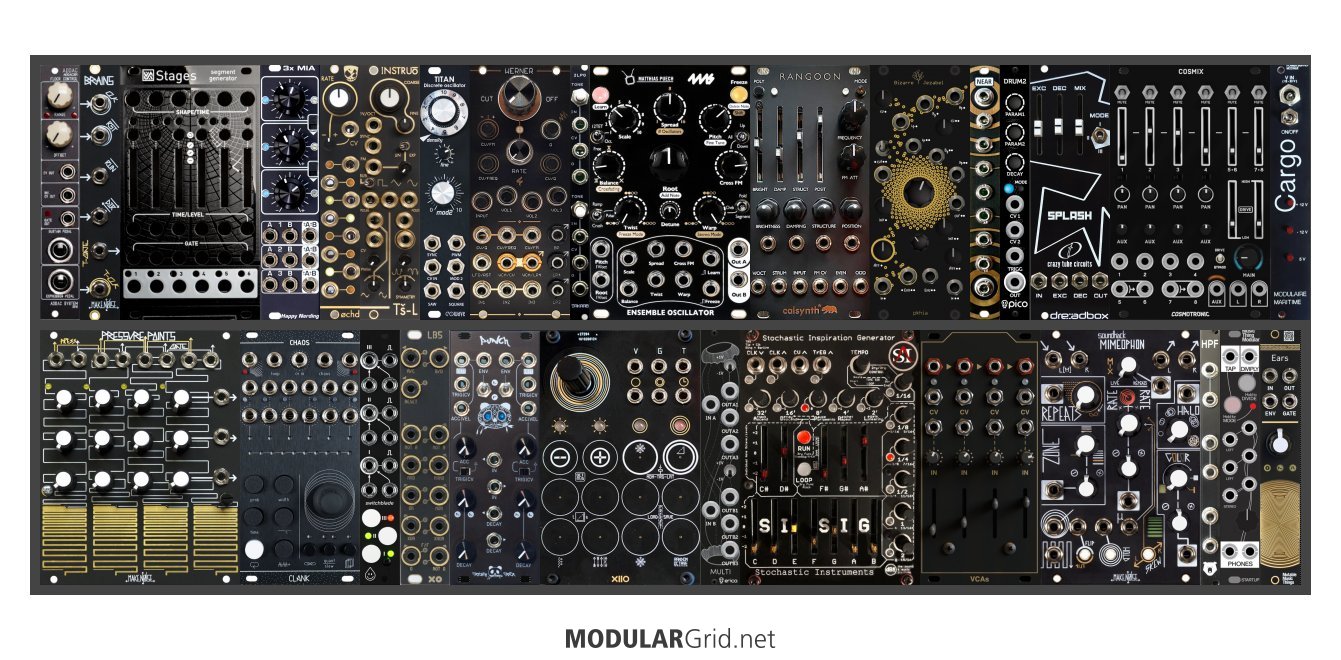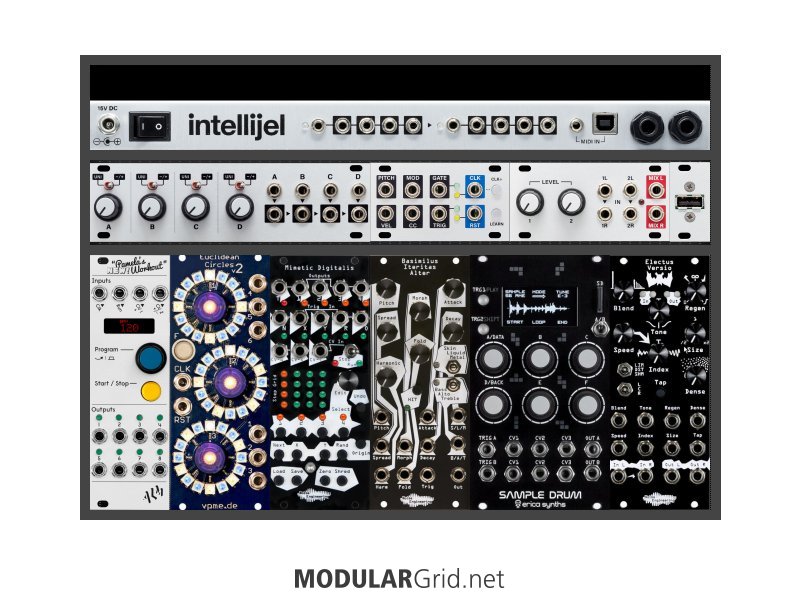Hey there, sorry for the response time.
First of all, thanks to you all to have taken to time to answer me and to try to guide me throughout this journey, very kind and useful.
1/ Alltvin
Thanks a lot, I read it a bit, very useful indeed. I'll get back to it when I'll be more comfortable with the modules.
2/ Lugia
My english isn't that perfect so I didn't get everything you told me, but I've got the main parts ahah.
Yes my first thought was to get an 0-COAST and a 3-tier rack to complete the "Cheapsel" but at one point I wasn't so sure, I just wanted to jump directly into the modular, but I've realised now that it isn't the best solution for me now.
About the Intellijel, yeah you're probably right, money wise too. I just didn't wanted a big thing to start (Tiptop Audio Mantos), considering what I want to do, but as I've seen everywhere, everyone said that it's the best option, so why not. It was the 1U row and the options that attracted me, but I know that it's clearly not a good reason to buy it. Thinking of a getting a controller too, but maybe just the Keystep 37 to start with.
3/ sacguy71
I was already using VCV rack, but I gave up, not really my thing at the moment. But now with the V2 and my growing knowledge, I've took it back, and yeah, wonderful idea, don't know why I didn't do it before. I'll buy the Patch & Tweak book too. Patience is the key in this world.
Thanks a lot!
Clément

